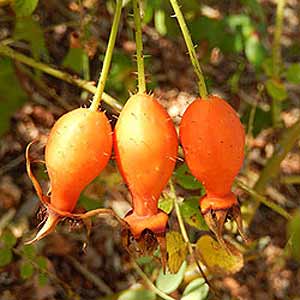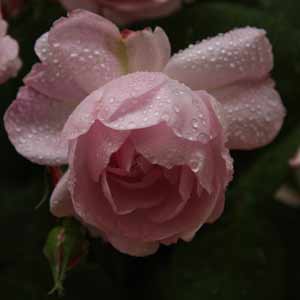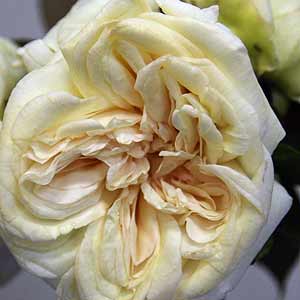The question is often asked, ‘Where do Roses come from’, China is the immediate answer however this is not really true.
All roses are decedents of wild roses, or species roses, and all of them are from the northern hemisphere.
The species all have distinct characteristics and with over 100 species identified we look at those that have had the most impact on modern roses.
Important Rose species
Although we have so many species, it a few that play a major part in the history of roses. Some of the major players are :

- Rosa. gigantea – From the name we gather that this is vigorous grower and it can reach upwards of 15m in the natural environment. It climbs and scrambles. It also copes well with warmer climates, so its genes are in many roses that are grown in warmer climates.
- Rosa.foetida – The parent of all yellow roses, originally from the Caucus mountains.
- Rosa. chinensis – Said to have first been brought to Europe inn the late 1700s. It is from China as the names suggests and is the rose that brings us repeat flowering (Remontancy). The remontancy genes are in all of the repeat flowering Hybrid Tea Roses we see today.
- Rosa. multiflora – Another rose from the east. It naturally produces clusters of roses, so with hybridisation it leads us to Floribunda roses, think Iceberg. Multiflora crossed with Chinensis gives us Polyantha types. Polyantha crossed with hybrid tea gives us the Floribunda.
- Rosa canina – Rosa. canina is also known as the ‘Dog Rose’ and is thought to be the species that the ‘Alba’ roses are from. It grows widely from Northern Africa through to Russia and across to Asia.
- This is a once flowering type, very hardy and drought tolerant. It was grown largely for the rose hips (pictured right) , a source of vitamin C.
From Species to ‘Old Garden Roses’

From these species we move on to the old garden roses. These are roses that are mainly chance hybrids. Mostly once flowering, and usually heavily scented. Most are very cold tolerant and they all bloom on last years wood. So pruning is different.
- Gallica – The most famous of these is the Apothecary’s Rose. Grown for its medicinal purposes. This is the rose that leads as to the next two types.
- Damask – Grown in Asia for centuries for the scented petals, and then introduced to Europe by way of, Damascus. Widely grown throughout Turkey and nearby areas for the rose oil used in perfumes.
- Centifolia – Thought to be a cross between Gallica and Damask, these are the roses with many petals, sometimes called ‘Cabbage Roses’.
In Holland the rose breeders became a little carried away and lots of examples exist. Fantin Latour (pictured above) is a classic example.
Serious hybridisation begins

From the ‘Old Garden Roses’ things get interesting, this is when those remorant types arrived from China. It was also when a fairly organized approach to rose breeding began. We have started to find the repeat flowering types such as
- Bourbon – The first was a cross between a Damask and one of those new Chinese roses. It was very fragrant, repeat flowering, tall growing and good green foliage. Madame Pierre- Oger and Variegata di Bologna are two.
- The Hybrid Perpetuals were next, just about everything was used in hybridization, so tracing the linage is very difficult. Again fragrance was the key factor.
- The Tea Roses – Here it is straight forward, Rosa chinensis was crossed with Rosa gigantiea. Continual flowering roses, deep red colors were added to the pallet as well as pinks.These roses are best suited to warmer climates. So Duchesse de Brabant and Devoniensis (pictured) are two.

